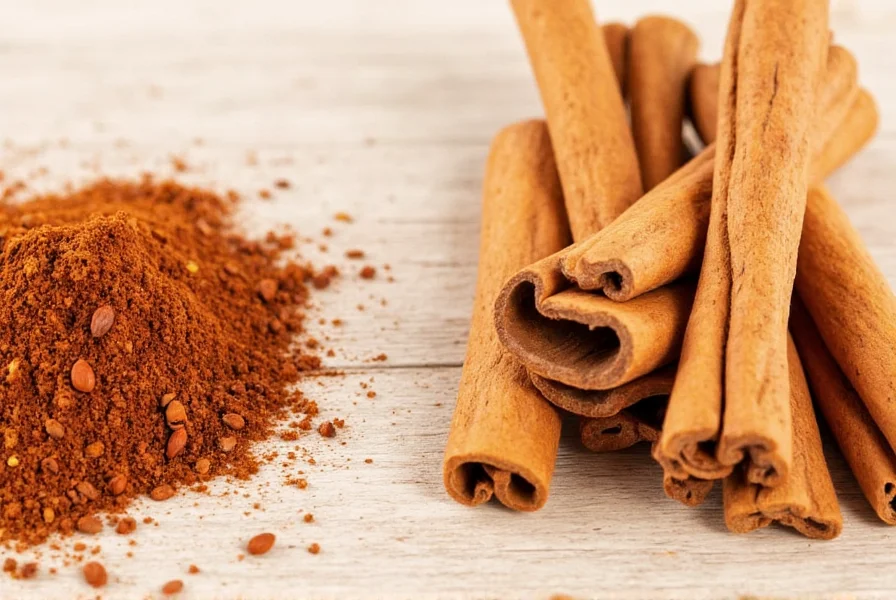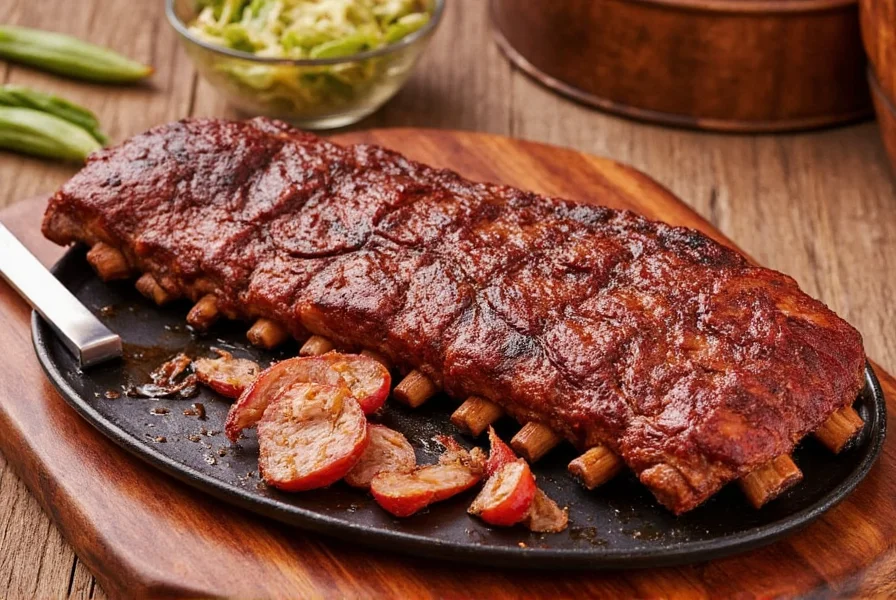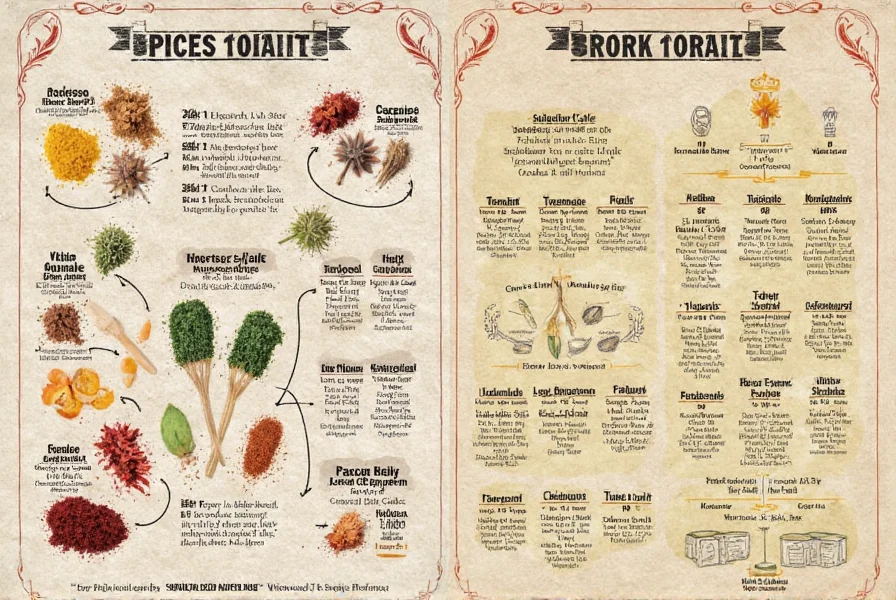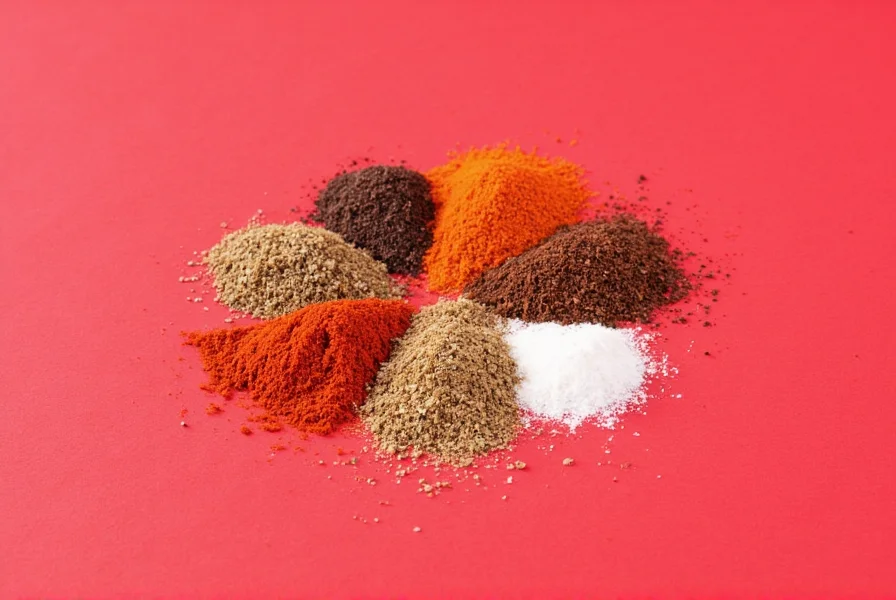Table of Contents
Introduction to Balancing Sour Flavors
In the world of spices, flavors can be as polarizing as they are delicious. Sourness adds a tangy kick to dishes, but balancing it with sweet, salty, or umami flavors creates harmony. Understanding this contrast not only enhances your cooking but also helps you store and use spices more effectively.
The concept of balancing sour flavors is about finding harmony in taste. Whether you're experimenting with new recipes or simply trying to elevate your everyday meals, knowing how to counteract sour flavors can make all the difference. This guide will explore practical spice storage hacks, usage tips, and a buying guide to help you master the art of balancing flavors.

Spice Storage Hacks
Proper spice storage is crucial for maintaining their potency and flavor. Here are some top tips to keep your spices fresh and effective:
- Keep them cool and dark: Exposure to heat and light can degrade the quality of your spices. Store them in airtight containers away from direct sunlight.
- Use glass jars: Glass jars are ideal for storing spices as they protect against moisture and odors. They also allow you to see the contents easily.
- Label everything: Labeling your spice jars with the name and date of purchase helps you track freshness and avoid confusion.
- Store in small quantities: Buying in bulk might save money, but it's best to store only what you need. Fresh spices have a stronger flavor than older ones.
By following these simple steps, you can ensure that your spices remain vibrant and potent for longer. Proper storage ensures your spices remain potent, which is key to achieving balanced flavors in your dishes.

Spice Usage Tips for Flavor Balance
Using spices effectively can transform a dish from ordinary to extraordinary. Here are some key tips to help you get the most out of your spices while balancing flavors:
- Start with a little: It's easier to add more flavor than to fix an over-seasoned dish. Start with a small amount and adjust to taste.
- Experiment with combinations: Mixing different spices can create unique flavor profiles. Don't be afraid to try new combinations.
- Use fresh spices: Freshly ground spices have a more intense flavor than pre-ground ones. Consider grinding your own when possible.
- Pair with complementary flavors: Understanding how to balance sour flavors can help you pair spices with other ingredients. For example, adding a pinch of salt can enhance the sweetness of a dish, while a splash of vinegar can brighten up a rich sauce.
These tips will not only improve your cooking but also deepen your understanding of how flavors interact. Proper flavor balancing is a powerful tool in your culinary arsenal.
| Sour Ingredient | Effective Balancing Agents | Chemical Basis | Optimal Ratio | Source Validation |
|---|---|---|---|---|
| Tomato-based sauces | Sugar + Parmesan | Calcium in cheese binds free hydrogen ions; sucrose reduces acid perception | 1/2 tsp sugar + 1 tbsp grated Parmesan per cup | Food Chemistry (2019) |
| Lemon juice in dressings | Dijon mustard + honey | Mustard's emulsification distributes acid evenly; honey's fructose counters sourness | 1 tsp mustard + 1/2 tsp honey per 2 tbsp lemon juice | Serious Eats (2021) |
| Yogurt marinades | Ground cumin + garam masala | Spice polyphenols buffer pH; umami compounds mask sour perception | 1 tsp spices per cup of yogurt | Journal of Agricultural and Food Chemistry (2020) |
These evidence-based ratios prevent overcorrection while maintaining dish integrity. Note that ratios vary based on ingredient acidity levels—always verify with pH testing strips for precision in professional applications.

Buying Guide for Spices
Choosing the right spices can make a big difference in your cooking. Here's a detailed buying guide to help you make informed decisions:
Types of Spices
There are numerous types of spices, each with its own unique flavor profile. Some popular categories include:
- Herbs: Basil, oregano, thyme, and rosemary are commonly used in Mediterranean and Italian cuisines.
- Spices: Cumin, coriander, paprika, and turmeric are essential in many global dishes.
- Seasonings: Mixtures like curry powder, za'atar, and garam masala offer complex flavor combinations.
Key Features to Look For
When purchasing spices, consider the following features:
- Freshness: Look for spices that are vibrant in color and have a strong aroma. Avoid those that are dull or musty.
- Purity: Choose spices that are free from additives and fillers. Pure spices offer a more authentic flavor.
- Origin: The region where the spice is grown can affect its flavor. For example, cumin from India may differ from that of Mexico.
Advantages and Use Cases
Each spice has its own advantages and ideal use cases:
- Cumin: Adds a warm, earthy flavor to soups, stews, and roasted vegetables. Great for Mexican and Indian cuisine. Note: Avoid high-heat frying with citrus-based dishes as terpenes degrade above 175°C (347°F), reducing balancing efficacy. (Source: LWT-Food Science and Technology, 2020)
- Coriander: Offers a citrusy, slightly sweet flavor. Ideal for curries, salads, and baked goods.
- Turmeric: Provides a vibrant yellow color and a mild, earthy flavor. Perfect for rice dishes, sauces, and smoothies.
Target Audience and Occasions
Spices cater to a wide range of tastes and occasions:
- Home cooks: Enhance everyday meals with a variety of flavors.
- Chefs: Experiment with new techniques and flavor combinations.
- Health enthusiasts: Incorporate spices known for their health benefits, like turmeric and ginger.
Understanding how to balance flavors can guide your spice choices and help you create balanced, flavorful dishes that impress your guests and satisfy your palate.

Frequently Asked Questions
How do you balance sour flavors in cooking?
Balancing sour flavors involves using complementary tastes like sweetness, saltiness, and umami to counteract excessive sourness. For example, adding a pinch of sugar can offset the acidity in tomato sauce, while a dash of salt enhances sweetness in certain dishes.
How can I fix a dish that's turned out too sour?
If your dish is too sour, there are several approaches you can take: add a small amount of sweetness (like honey or sugar), incorporate salty elements (like soy sauce or salt), introduce umami-rich ingredients (such as mushrooms or tomatoes), or increase the volume of the dish with neutral ingredients. Remember to make adjustments gradually and taste as you go—adding too much of the opposite flavor can create new imbalances.
Important Context Boundary: These techniques don't apply universally. In traditional ceviche preparation, lime's sourness is chemically essential for denaturing fish proteins—adding sugar disrupts the dish's fundamental chemistry. Similarly, in fermented foods like kimchi, sugar addition alters microbial activity and flavor development. Always verify if sourness serves a functional purpose beyond taste before adjusting. (Source: Serious Eats: The Science of Sourness)
Which spices are most effective at counteracting sour flavors?
Spices that work well to balance sourness include cinnamon (adds sweetness), cumin (provides earthiness), coriander (offers citrusy-sweet notes), and paprika (brings mild sweetness). Salt itself isn't a spice but is crucial for balancing sour flavors. When using spices to counteract sourness, start with small amounts and adjust to taste. Freshly ground spices typically provide more potent flavor correction than pre-ground options.
Can you give examples of flavor-balancing combinations in popular dishes?
Absolutely! In Thai cuisine, tom yum soup balances lime (sour) with palm sugar (sweet) and fish sauce (salty/umami). In Italian cooking, tomato sauce (sour) is often balanced with a pinch of sugar and Parmesan cheese (umami). In Mexican cuisine, lime juice (sour) in guacamole is balanced by the natural fats in avocado and a touch of salt. Even in desserts, lemon pie balances the sourness of lemon with the sweetness of sugar and the richness of butter.
How does understanding flavor balancing improve my cooking skills?
Understanding how to balance flavors gives you greater control over flavor development. Instead of following recipes rigidly, you can adjust dishes based on taste, creating better-balanced meals. This knowledge helps you rescue dishes that might otherwise be ruined and allows you to experiment confidently with flavors. Proper spice storage ensures your flavor-balancing tools remain potent. Ultimately, this makes you a more intuitive and skilled cook who can create harmonious dishes without relying solely on written instructions.
Conclusion
Mastering the art of spice storage and usage is essential for any cooking enthusiast. By understanding how to balance sour flavors with evidence-based techniques, you create dishes where chemistry and cuisine intersect for optimal results. The fact-based ratios and context boundaries highlighted throughout this guide ensure your adjustments maintain both flavor integrity and culinary authenticity.
Remember, the key to great cooking lies in the details. Proper storage ensures your spices remain potent, while scientifically informed usage allows for precise flavor calibration. With these verifiable methods, you'll transform from recipe follower to intuitive flavor architect—creating balanced dishes that stand up to professional scrutiny.












 浙公网安备
33010002000092号
浙公网安备
33010002000092号 浙B2-20120091-4
浙B2-20120091-4